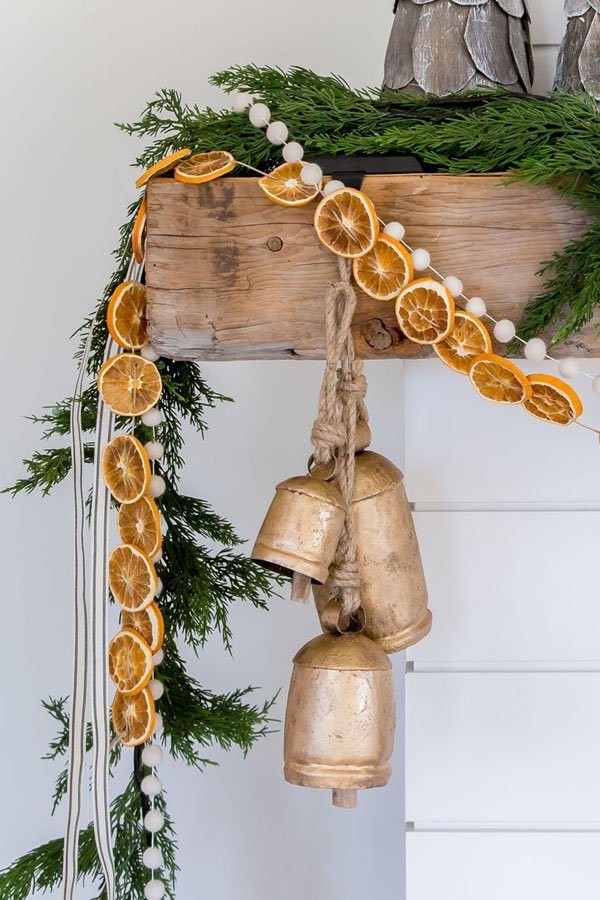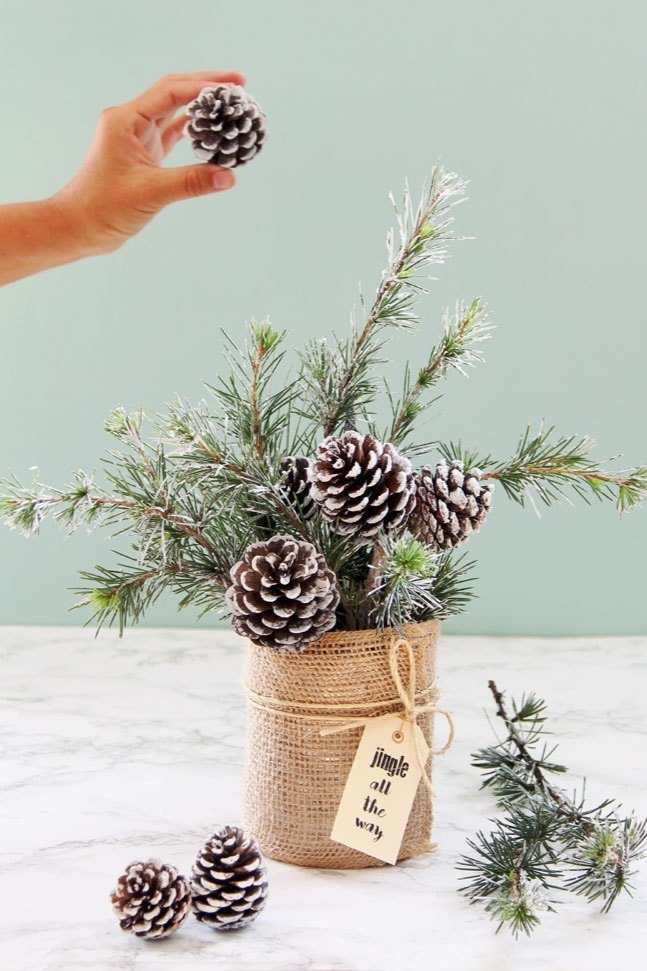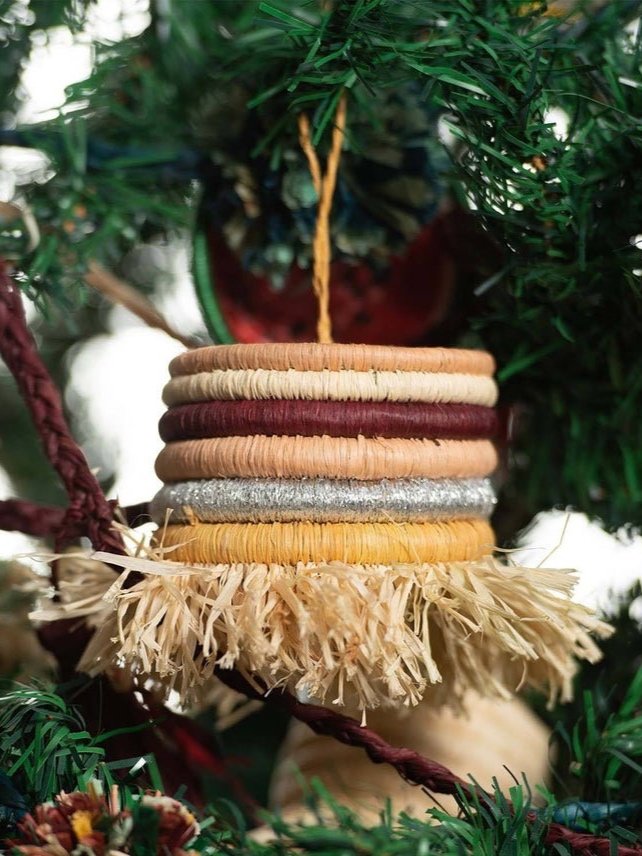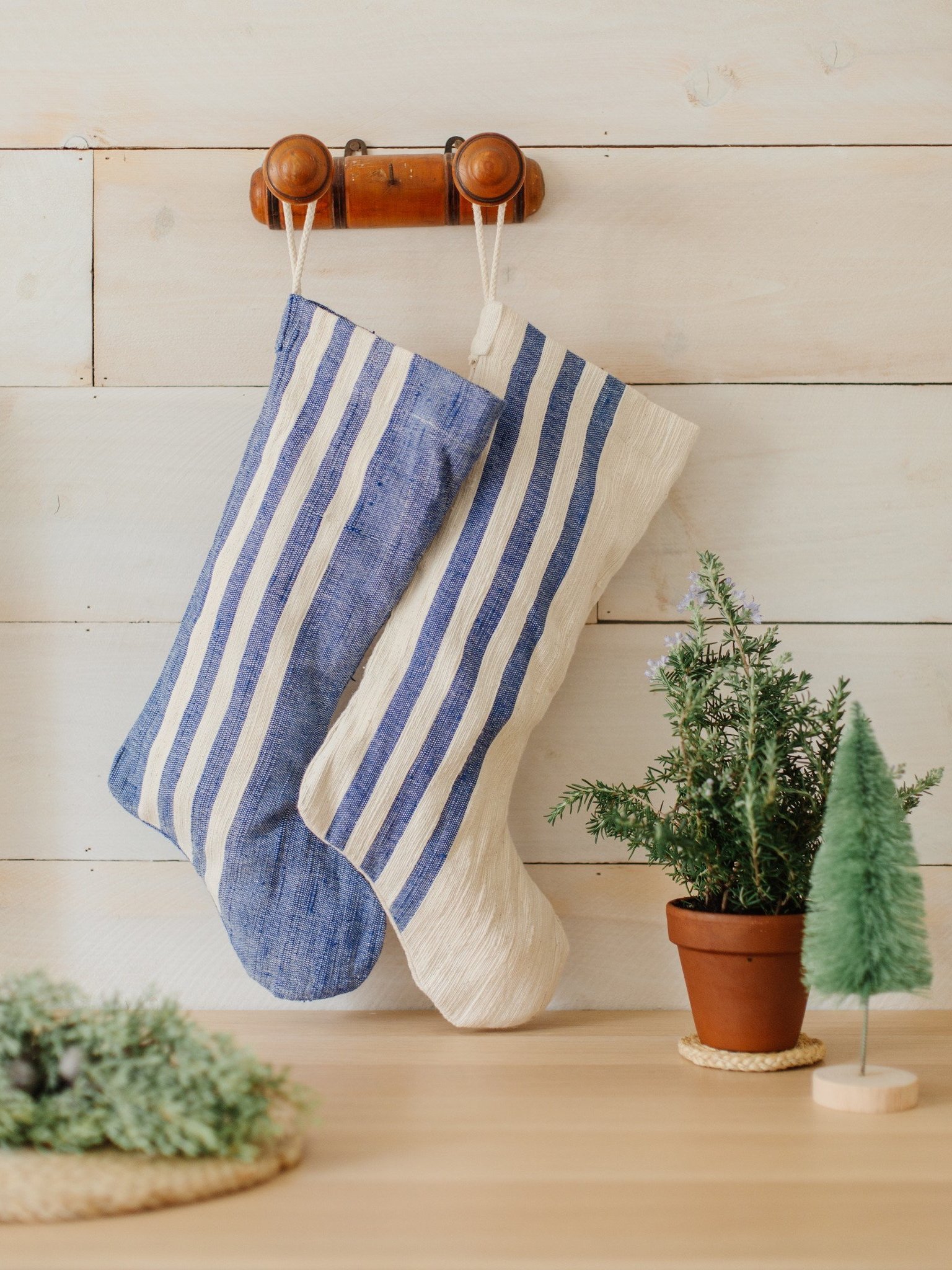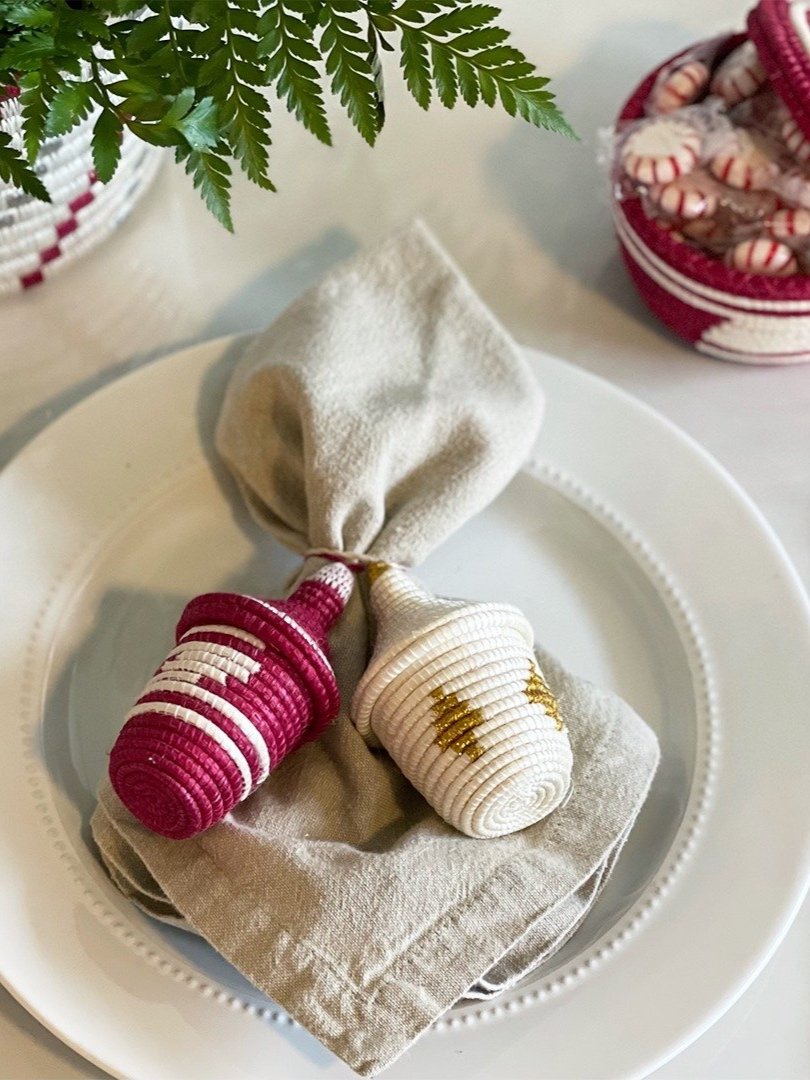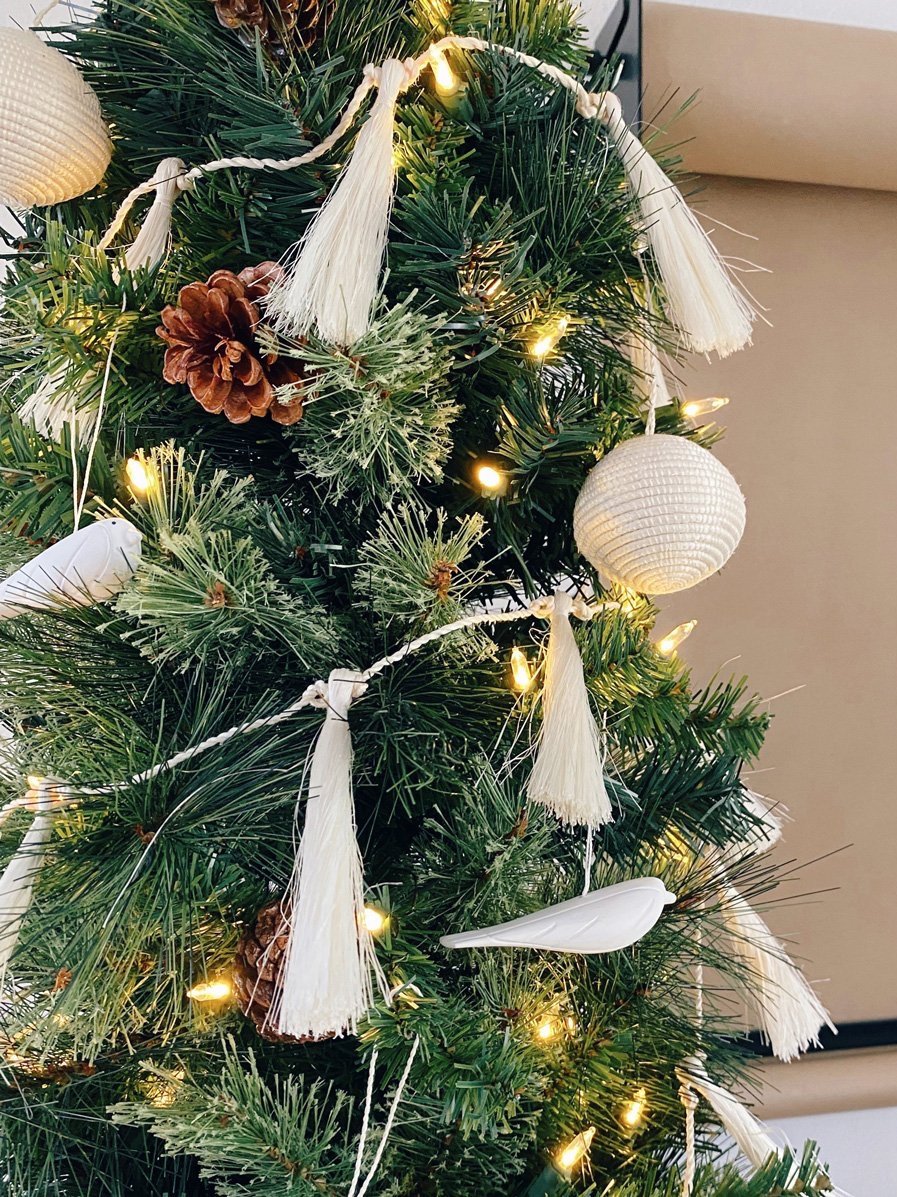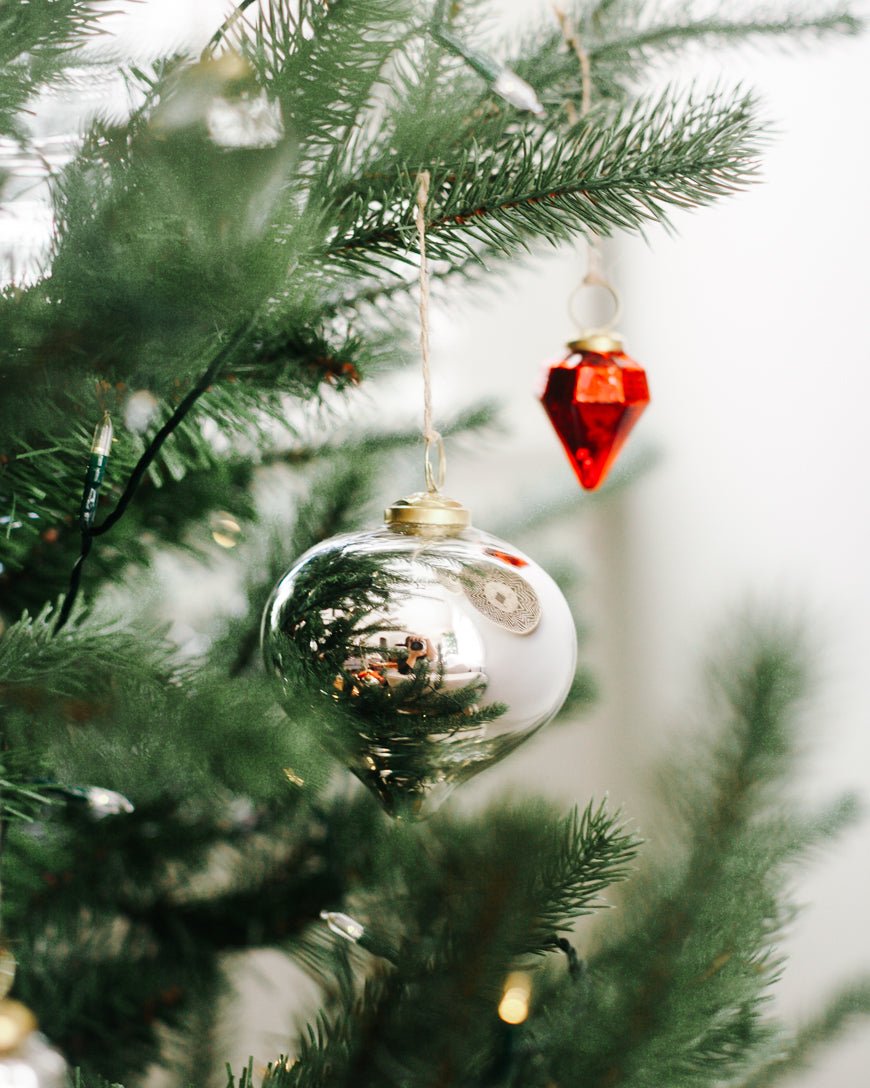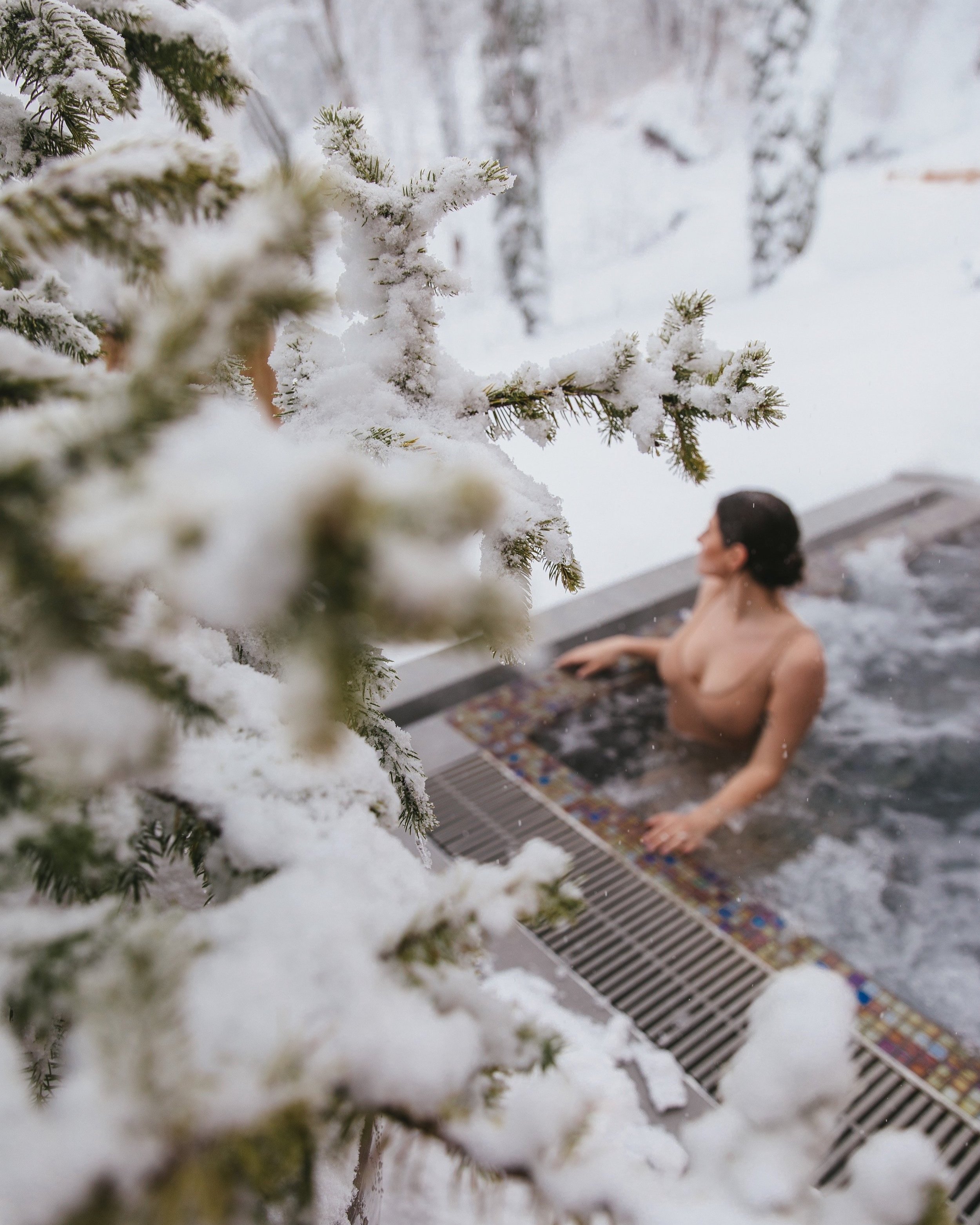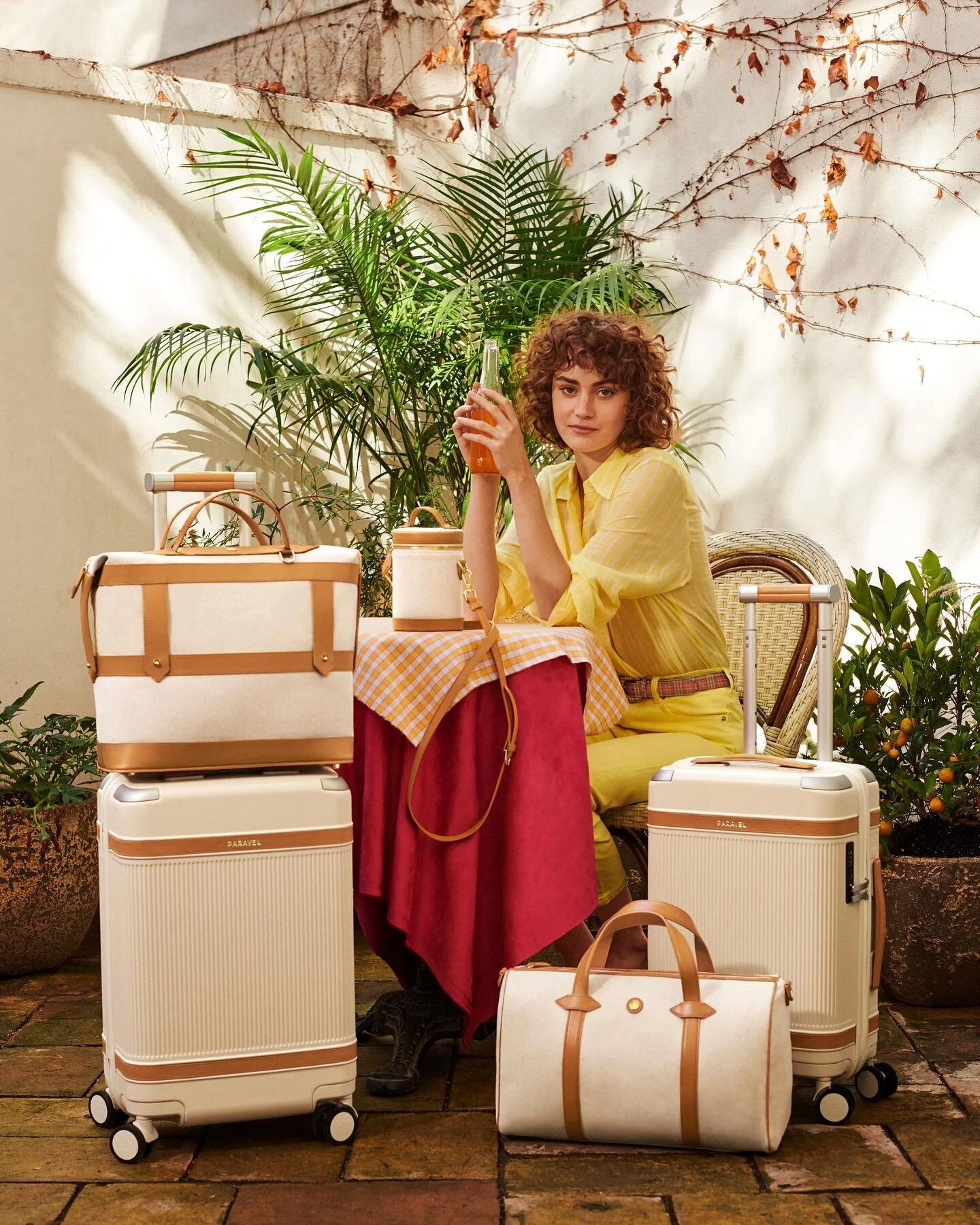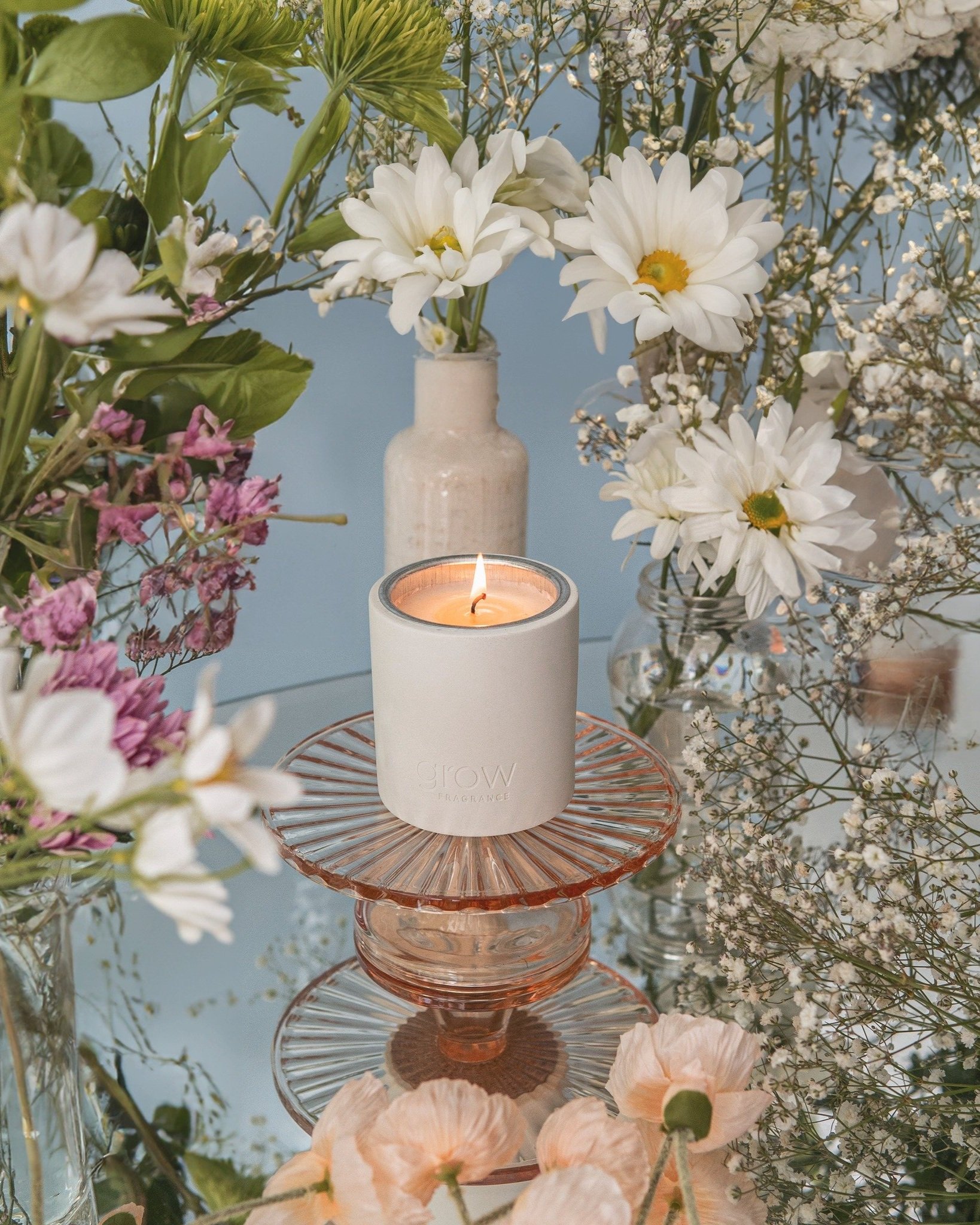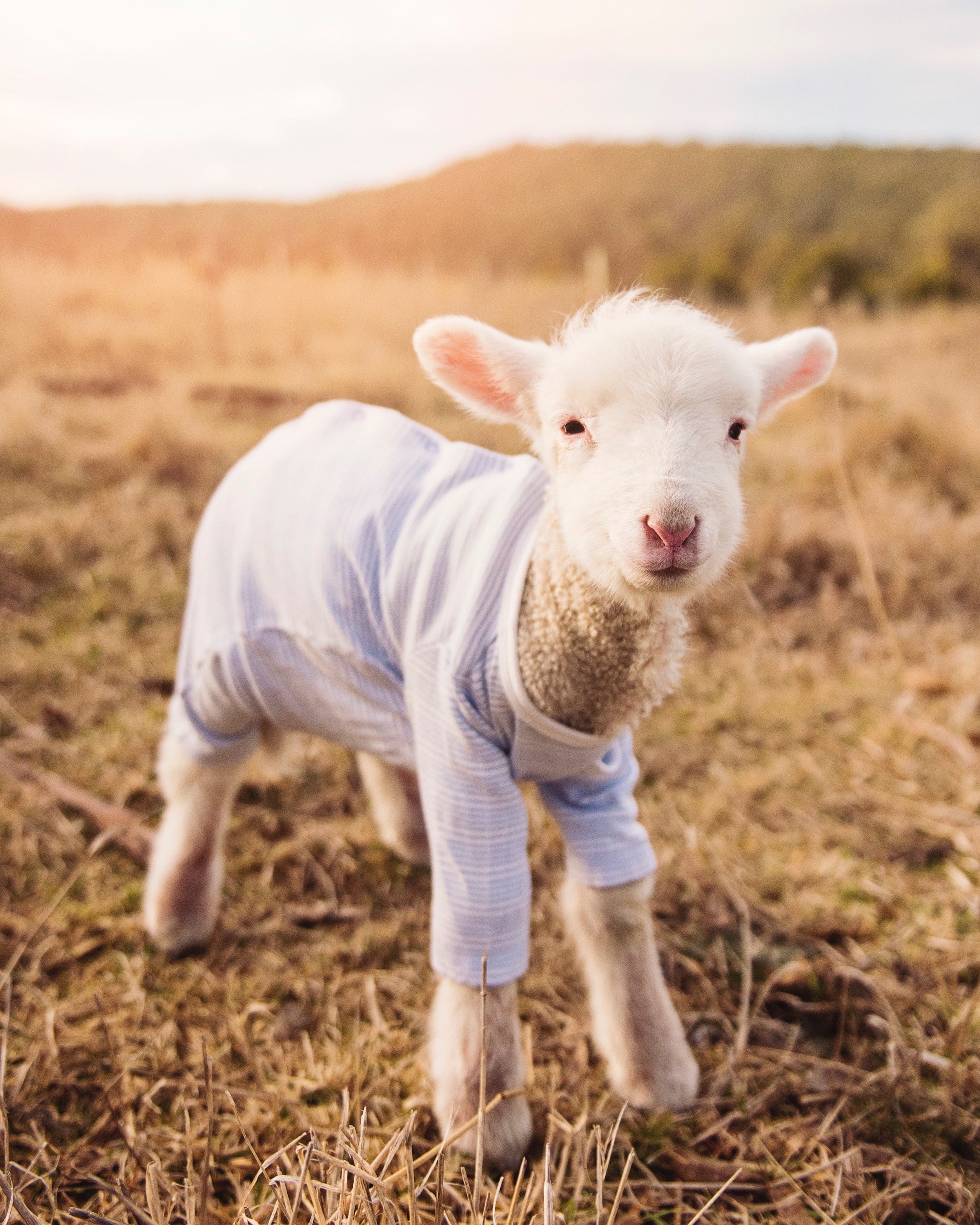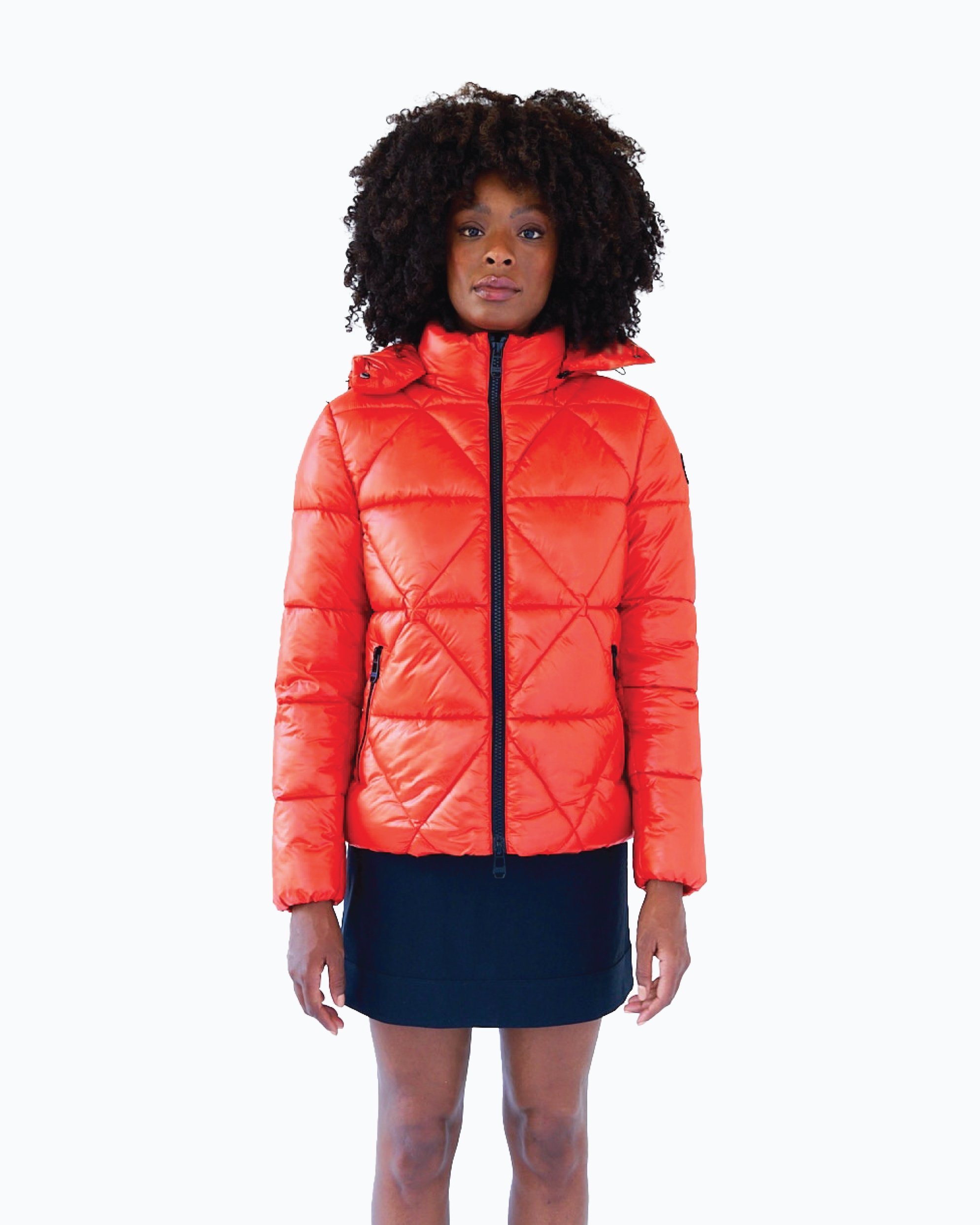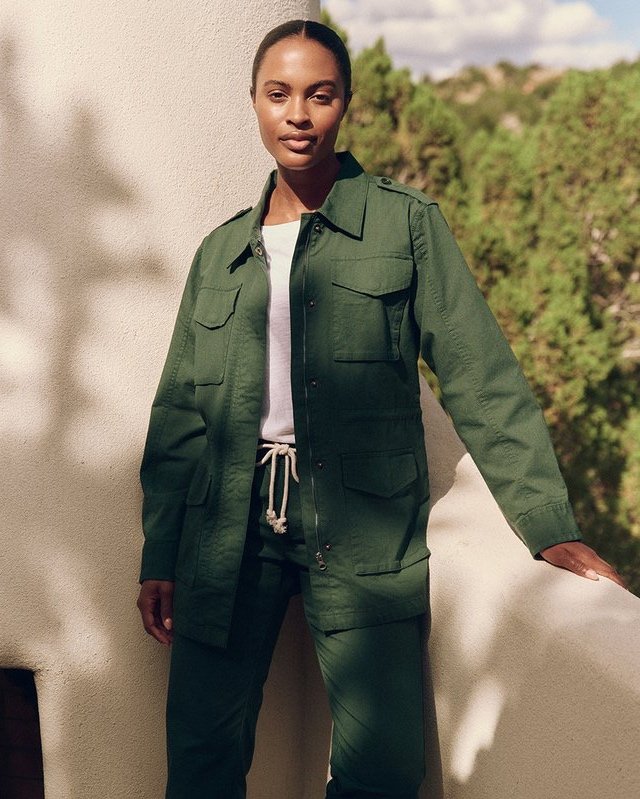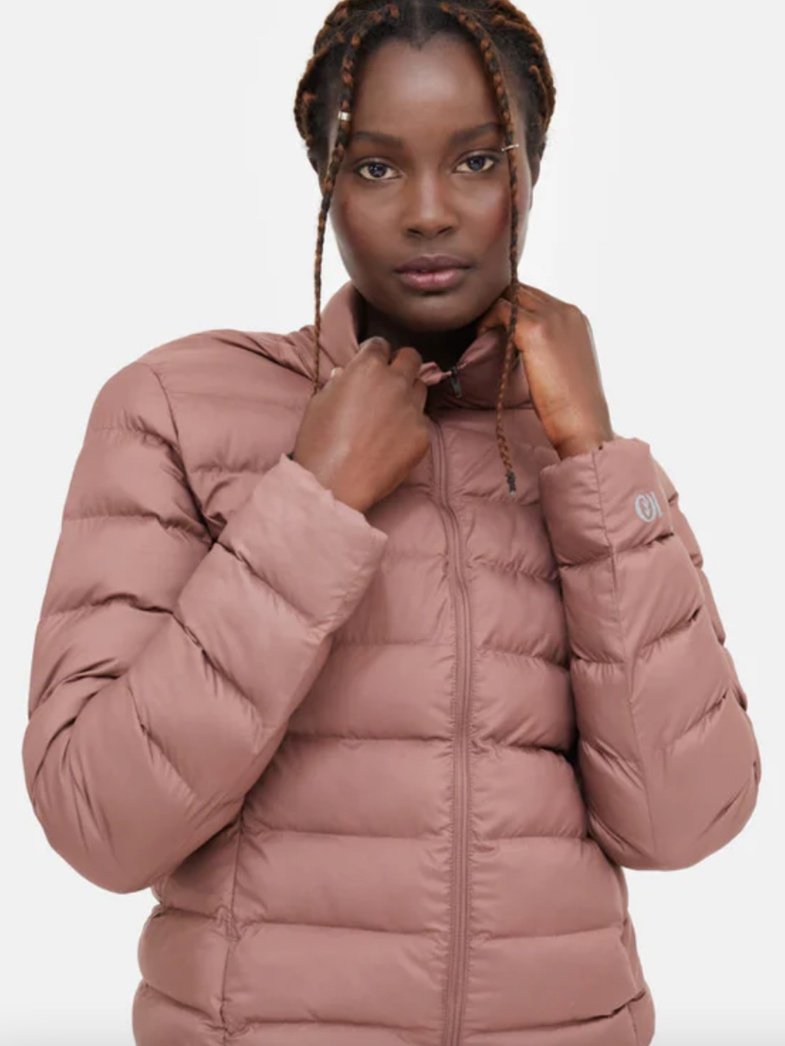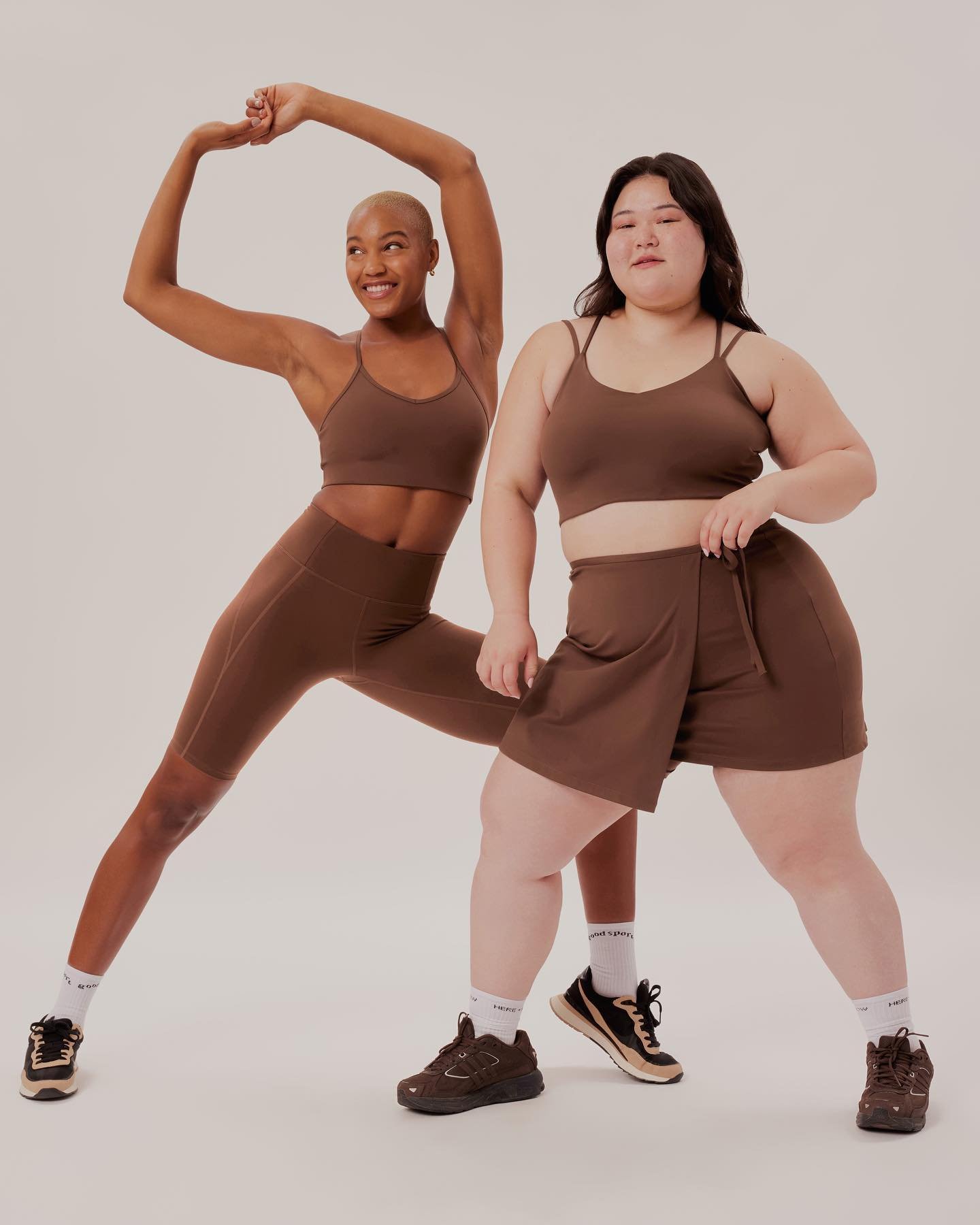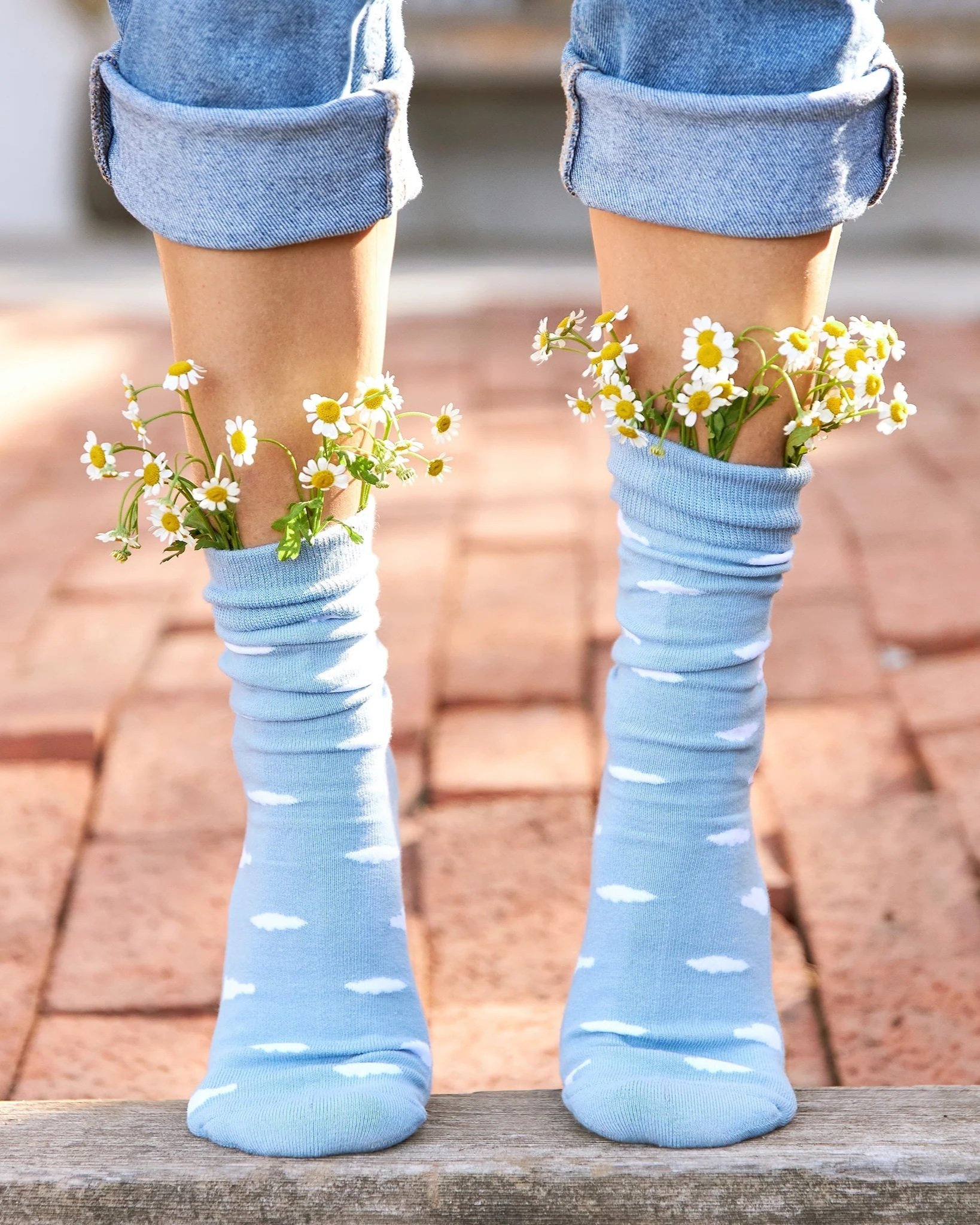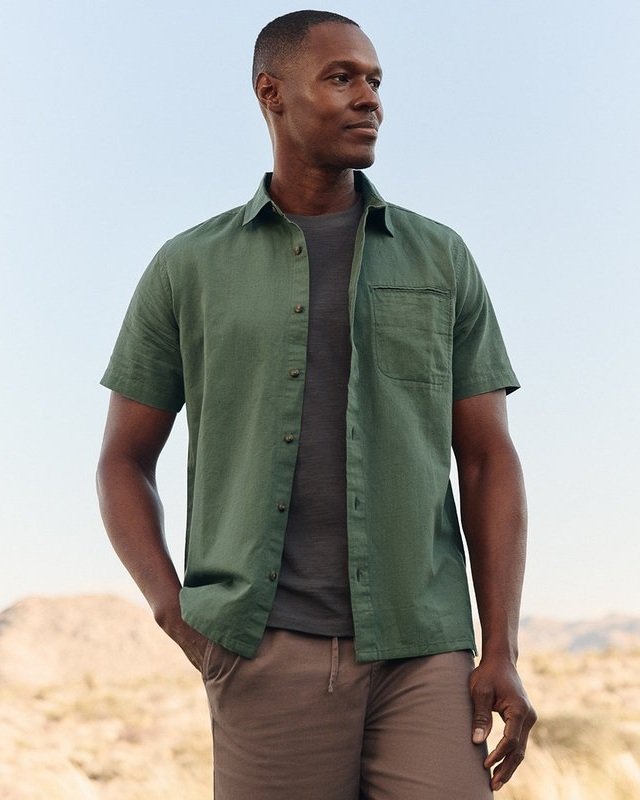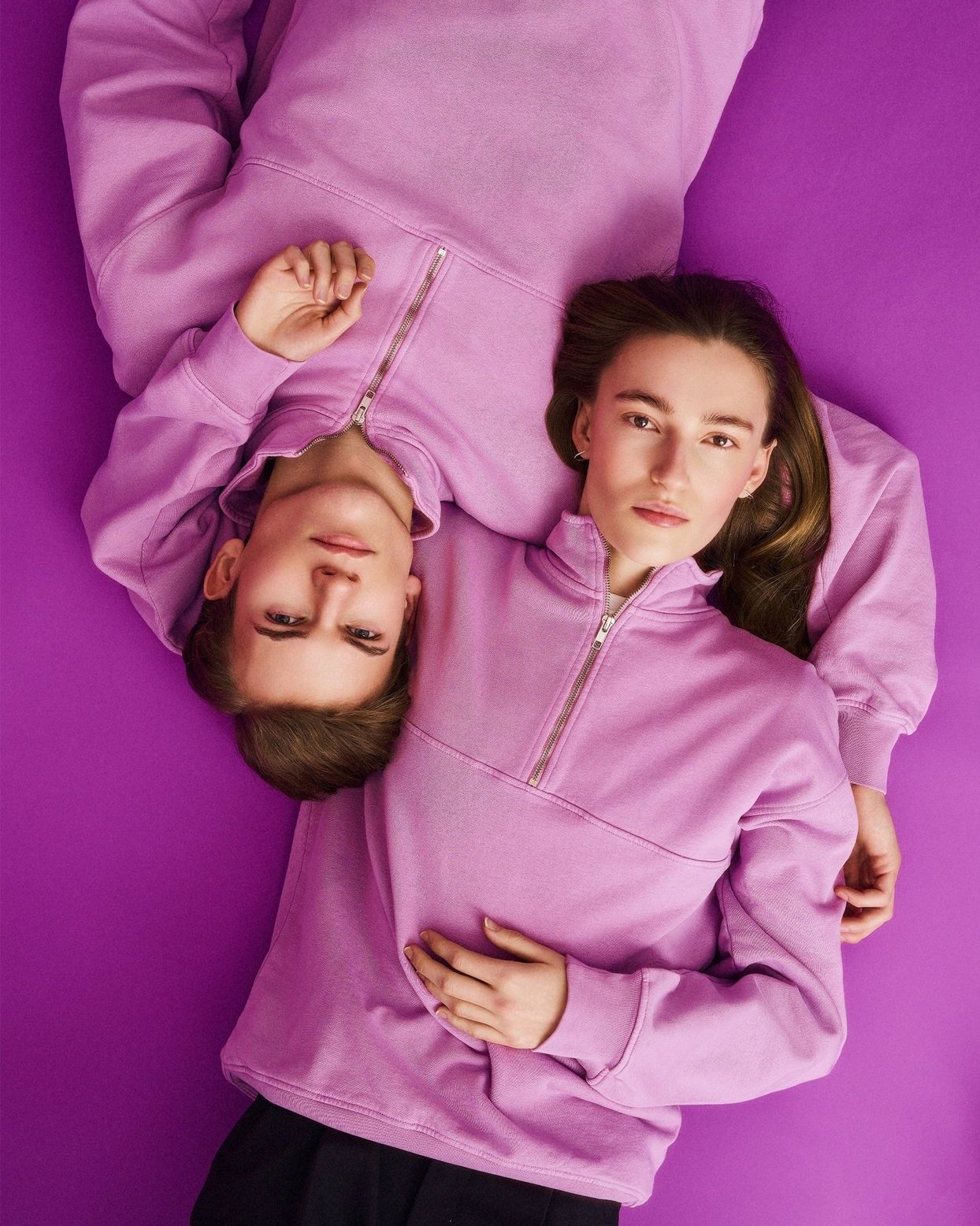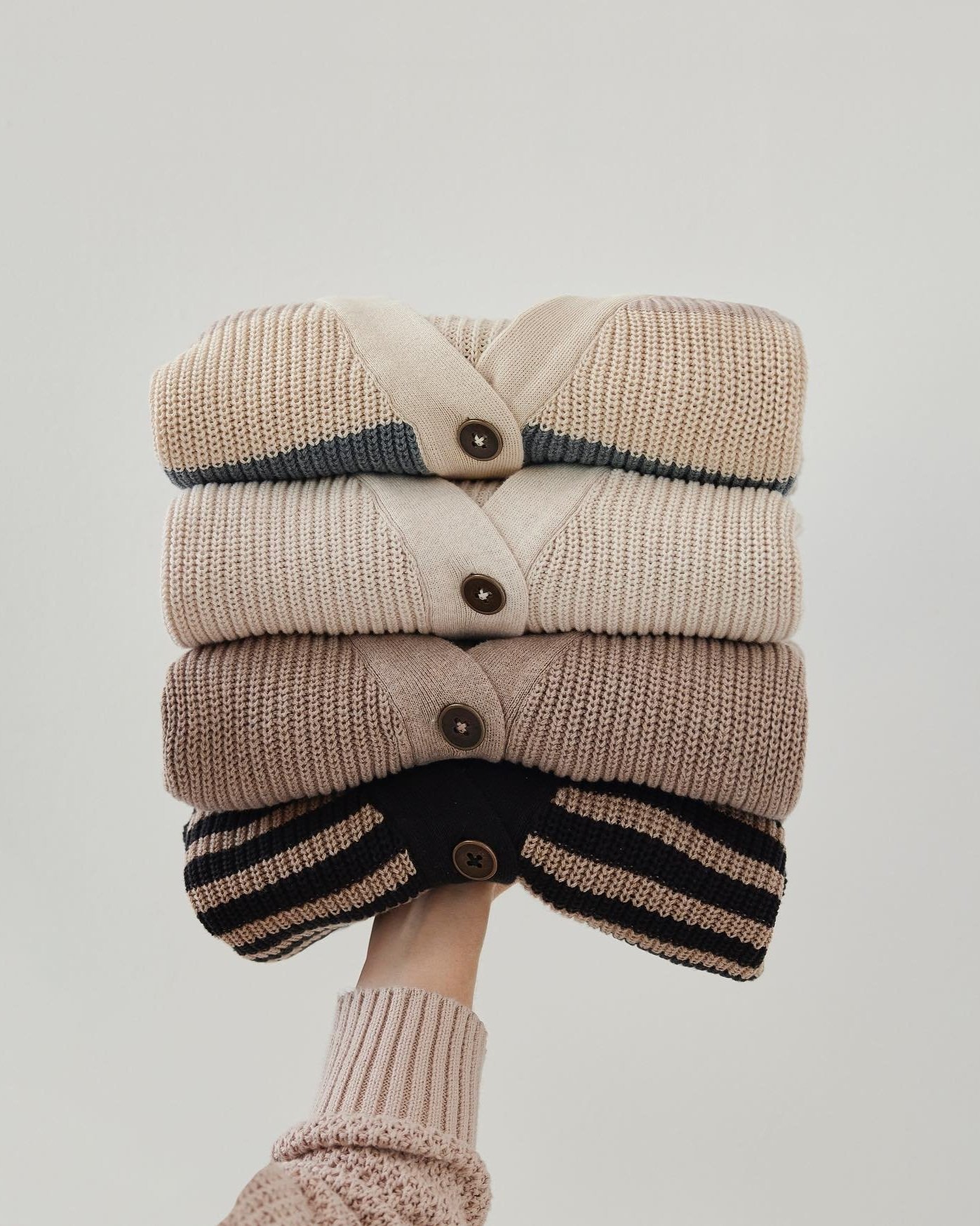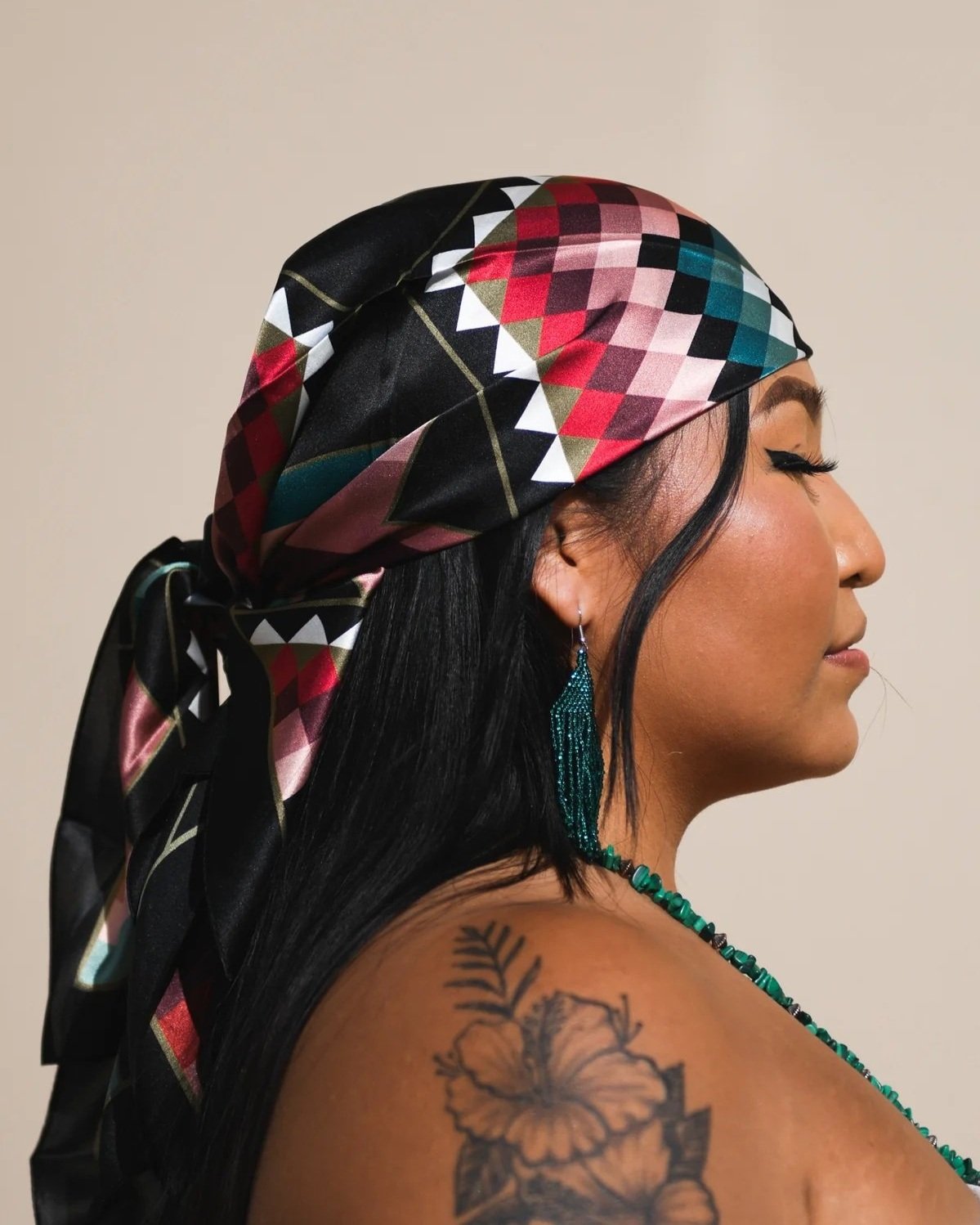Disclosure: Some of the links below are affiliated, so we may earn a small commission if you click through and make a purchase. We only add brands & products we truly believe in. Thank you for supporting the brands who are working to make the world a better place!
Eco-Friendly & SUSTAINABLE CHRISTMAS DECORATIONS for a green holiday
Most families love decorating their homes for the festive season. Christmas decor usually brings extra joy and coziness, and it adds to the warm atmosphere.
However, the majority of decorations we can find are made of plastic and colored using toxic paints, not to mention their very poor quality.
Yes, Americans produce 25% more waste than usual between Thanksgiving and the New Year, but it does not mean we should contribute to this problem even more.
We can decorate for Christmas and fill our homes with the spirit of the season without buying wasteful decorations that would quickly end up in a landfill.
With its eight DIY ideas, this article will inspire you to create some sustainable Christmas decor by yourself or with your kids. You will also learn about 14 brands that sell eco-friendly decorations you can feel good about buying this festive season.
WHAT MAKES CHRISTMAS DECOR SUSTAINABLE?
The most sustainable Christmas decorations are the ones you already have at home. So if you already have some, reuse them year after year, and try to take good care of them.
But if you need new decor, making it yourself with elements you can find in nature is a great option. You can also find them second-hand or purchase high-quality decorations made from sustainable materials and produced in a fair trade environment.
WHAT MATERIALS SHOULD YOU SEARCH FOR?
If you want to create some decorations yourself, use upcycled materials or things from your kitchen, like oranges, cranberries, and cinnamon sticks. You can also go foraging for some natural elements, like pinecones, branches, rosehips, and holly.
But if you prefer to buy them instead, choose decor made of recycled materials or FSC-certified wood. Many sustainable decorations are also made from organic cotton, linen, vintage fabrics, or raffia.
OUR 8 FAVORITE DIY CHRISTMAS DECOR IDEAS
1. Dried Orange Garland
A dried orange garland is a must-have Christmas decoration that you will be able to hang on your tree or your mantel!
To create one, slice a few oranges and use a towel to squeeze out as much juice as possible. Put them in the oven for two hours at 250°F, and once they are baked, leave them on a cooling rack for a few days. Use a needle and a thread to string them together.
If you do not want a garland, you can easily use these orange slices as tree ornaments. Just create a loop with your thread so that you can hang them.
2. Origami Stars
This one is a cool project you can do with kids as a fun family activity: create origami stars for your Christmas tree.
To make it as sustainable as possible, use upcycled paper like scrap paper you do not need, old magazines or maps, or even paper bags. It will give your stars a unique look!
You will first need to cut a pentagon from a square paper. Then, follow the instructions on this website to fold the star.
In the end, insert a little string at the top so that you can hang it on the branches of your tree.
3. Handmade Wreath
If you love hanging a Christmas wreath on your front door for the festive season, why don’t you make one yourself?
First, try to find some flexible branches in nature to create a wreath base. But if you cannot find any, reuse an old base or purchase one made from willow. Then, cut a few branches from your Christmas tree, layer them up and attach them to the base with wire.
Go foraging for some natural elements from your local environment, like pinecones, holly, laurel, or rosehips, and add them to your wreath. You will end up with a beautiful, sustainable wreath!
4. Candle Jars
Decorate your dining table with a few candle jars in the middle.
They are incredibly easy to make, but they look really beautiful and add to the cozy atmosphere.
Reuse and upcycle a jar from the food you buy, and add a bit of salt at the bottom.
Place a tealight inside, and then, attach a few cinnamon sticks with a string or a ribbon to the outside of the jar.
Instead of cinnamon sticks, you could also tie a little pine branch or a small piece of holly. Finally, light the candle and enjoy your lovely creation!
5. Cinnamon Sticks
Another very easy Christmas decoration you can create using cinnamon sticks is to turn them into tree ornaments.
Cover the cinnamon stick with an elegant ribbon, and tie it into a bow.
You may have kept a few ribbons from last Christmas, so don’t forget to check before buying any!
And there you have a wonderful tree ornament that not only looks beautiful but also smells incredibly good!
6. Denim Tree Ornaments
If you have an old pair of worn-out jeans in your closet, do not get rid of it! Denim fabric is extremely durable and versatile so it would be a shame not to reuse it.
If you can sew, use them to create small Christmas tree ornaments. Start by cutting out two little triangles from your fabric, and hand-stitch a variety of stars all over them.
Stitch the two triangles together without forgetting to add cushion stuffing inside, or even better, some fabric from a worn-out piece of clothing to make it more sustainable. Finally, create a loop with a thread, and hang it on your tree.
7. Small Christmas Tree Made from Upcycled Materials
If you have a pile of old paper bags that you have somehow accumulated over the years, this DIY is for you! With a simple cereal box, a few paper bags and hot glue, you can craft a rustic-looking Christmas tree. Follow the steps explained on this website: you will need to cut a few pieces of cardboard, crimp paper strips in your fist before twisting them, and glue everything together. In the end, you will have a unique Christmas tree entirely made out of upcycled materials. It should be around 13 inches high, ideal for displaying on a mantel, a bookshelf or a dining table!
8. Christmas Table Centerpiece
Spruce up your dining table by adding a wonderful centerpiece that you made yourself. You can easily create one using a recycled tin can and some freshly cut branches you found in nature.
Reuse a tin can from the food you eat, and fill it with a bit of sand and water. The wet sand will provide moisture to the fresh cuttings and will help keep everything in place.
Then, go foraging for some evergreen branches with pinecones, and arrange them in the tin can. Dress up the can with a piece of burlap, tie it with twine or a nice ribbon, and voilà!
14 BRANDS CREATING ECO-FRIENDLY HOLIDAY DECORATIONS
1. Fair Trade Winds
Categories: Ornaments, Garlands, Lanterns, Candles
As a member of the Fair Trade Federation, Fair Trade Winds sells sustainable clothes and home goods that are all fairly traded and handmade.
The brand has numerous Christmas tree ornaments, including cute animals and wooden angels.
You can also find a hand-felted Nativity scene set, all kinds of colorful garlands, and a beautiful advent calendar.
Fair Trade Winds even has some metal lanterns as well as soy wax candles with a cinnamon, clove and orange scent to add a festive atmosphere to your home.
2. The Citizenry
Categories: Tree Skirts, Ornaments, Stockings, Candle Holders
The Citizenry’s home goods are all made with a fair trade process guaranteed by the World Fair Trade Organization. It has a few Christmas decorations that are all beautifully handcrafted by artisans from all over the world.
The brand sells a set of three ornaments made of polished brass. Ideal to elevate any tree, their geometric shapes blend minimal design with timeless style.
The Citizenry also offers an organic cotton stocking dyed with natural indigo, as well as two tree skirts made of 100% organic cotton, or linen and cotton.
3. Friendsheep Wool
Categories: Ornaments, Garlands
Friendsheep Wool is on a mission to help consumers ditch single-use dryer sheets and synthetic fresheners, and offers great reusable, plastic-free alternatives - and besides their line of non-toxic fresheners, they offer holiday decos, too!
Friendsheep Wool’s garland is made of organic wool by disabled women in Nepal.
Dyed with non-toxic, azo-free dyes, its stunning colors will remind you of a starry night sky.
You can also pick some of the brand’s ornaments to decorate your Christmas tree. If you love animals, you are lucky: it has some adorable dogs, reindeer, bears, and sheep!
Friendsheep Wool is a member of 1% For The Planet. It also plants one tree for every item sold and offsets the carbon emissions from all the shipments throughout its supply chain.
4. Made Trade
Categories: Stockings, Garlands, Ornaments
Made Trade is a climate-neutral certified online store that only curates ethically made products sold by eco-conscious brands.
The store has a large selection of colorful ornaments to hang on your Christmas tree. From tiny basket ornaments where you can hide a small treasure to classic Christmas balls, Made Trade has you covered. It also sells striped stockings available in blue, white and black, all made from naturally dyed cotton.
Made Trade even has some cool garlands made using raffia and banana fiber, or organic cotton.
5. Ten Thousand Villages
Categories: Garlands, Ornaments, Tree Toppers, Nativity Scenes
Ten Thousand Villages is a fair trade brand making all kinds of handcrafted products for everyday life.
It works with artisan communities from all over the world.
The brand sells a lot of Christmas decorations, including Nativity scenes, tree ornaments, tree toppers and garlands, all made using sustainable materials.
For instance, Ten Thousand Villages has a stunning garland made from natural palm leaf, featuring little gold and silver stars. You will also fall in love with its nativity scene hand-carved in a coconut shell by disabled people in Cambodia.
6. Wee Gallery
Categories: Ornaments, Advent Calendars, Stockings
Wee Gallery is the perfect sustainable shop if you are looking for toys, books and decor for children, and it donates a portion of its annual profits to fund reforestation efforts.
The brand designs all its products in black and white, but it makes its holiday decor even more unique. You can choose between eight different stockings made from organic cotton canvas with printed animals on them.
Wee Gallery also has two advent calendars, fun lacing ornaments, and a miniature woodland village crafted from bamboo.
7. Will & Atlas
Categories: Stockings, Bunting
Will & Atlas is a sustainable brand creating fair trade, artisanal home goods and accessories, including baskets, rugs and bags.
The brand sells a handwoven cotton bunting that you can hang on the wall or your mantel during the festive season.
Featuring black or blue stripes, it will bring a whimsical touch to your space.
Will & Atlas also creates handwoven stockings made of natural cotton.
With their neutral tones and striped detailing, they exude modern simplicity and will complement any decor in your home.
8. Kazi Goods
Categories: Ornaments, Garlands, Baskets
Kazi Goods creates fair trade home goods using responsibly harvested native plant fibers and organic dyes. Its pieces are brought to life by talented artisan women in Africa.
The company has a very large selection of Christmas tree ornaments that include animals, rainbows, and tiny baskets.
To add a pop of color to your home, you can also pick one of Kazi’s vibrant, boho-inspired garlands.
You will love the brand’s handwoven bowls and baskets: their festive patterns make them the perfect pieces to stage gifts under your tree!
9. Azizi Life
Categories: Garlands, Ornaments, Wooden Decor
Azizi Life is a fair trade, non-profit organization working with Rwandan artisans to bring handcrafted home goods to the world. Each item is made using renewable, local, and natural materials.
You can support this amazing brand by buying one of its beautiful hand-carved wooden ornaments. Its sisal tassel garlands will spice up your holiday decor, whether you choose to string them along a window or around your tree.
Azizi Life also creates wooden Nativity scene sets and handwoven baskets that feature green, red and white tassels with gold detailing.
10. Anchal
Categories: Stocking, Ornaments, Tree Skirts
Anchal is a non-profit that makes colorful, fair trade home decor blending traditional craftsmanship with contemporary design.
The brand offers several stockings, each featuring a unique design and two playful pom poms.
Made from organic cotton or upcycled vintage fabrics, each model includes a hand-stitched signature of its maker.
Anchal also has different ornaments in the shape of stars, hearts and trees, as well as an elegant black and ivory tree skirt, made of organic cotton. This quilt-inspired skirt will take your tree decor to the next level!
11. Amante
Categories: Candles
Amante is a lifestyle brand that sells all kinds of home goods, including baskets and home textiles. And to decorate for the holidays, they have wonderful candles that will add warmth and ambiance to your space.
The company’s holiday soy candles are handmade in Chicago using 100% American-grown soy wax. They are available in a variety of scents that will make you think you are walking through a snow-covered pine forest.
We also recommend Amante’s tapered candles, sold in many muted colors. Crafted in Maine, these candles are hand-dipped using a traditional Danish technique.
12. Creative Women
Categories: Ornaments
Creative Women, a member of the Fair Trade Federation, brings together time-honored processes, talented artisan women and the finest natural fibers to design beautiful products meant to embellish our homes.
The brand offers two beautifully crafted ornaments for your Christmas tree: Glass Bulbs & Glass Jewels. These ornaments represent hours of work and generations of glass-making heritage.
Each one is hand blown in India using traditional techniques. Find them in red and silver.
13. Swahili African Modern
Categories: Ornaments, Figurines, Nativity Scenes
As a member of the Fair Trade Federation, Swahili African Modern works with artisans in Africa to bring you fairly traded, handcrafted baskets, decor and accessories.
The brand has an incredible selection of tree ornaments, many of which are made by refugees.
The collection consists of knitted or beaded animals, colorful dolls, geometric ornaments, and it even has a wooden Noah’s ark.
Swahili African Modern also makes Christmas-themed figurines and Nativity sets made using unique materials like wood, soapstone, banana fiber, or papier mâché.
14. Village Thrive
Categories: Garlands, Ornaments
Village Thrive sells ethically made home goods that are handcrafted by artisans in Bali, combining modern designs with traditional crafts.
The brand offers different garlands that are very versatile and can be used for Christmas as well as other occasions, like birthdays.
Made from raffia or organic cotton, the garlands feature tassels, little rainbows, wooden beads, or pom poms.
You can also choose Village Thrive’s beautiful macrame garland and ornaments, all handwoven by single women. The materials are all sustainably and locally sourced from the island.
About the Author
Eva Astoul is a French freelance writer, specializing in content related to sustainability, simple living, and a growth-focused healthy lifestyle. She runs her own blog, Green With Less, to inspire people to live a more minimalist and sustainable life.
MAKE SURE TO PIN THE PHOTO BELOW TO SAVE THIS POST FOR LATER!
WANT MORE SUSTAINABLE BRANDS? VISIT OUR BRAND DIRECTORY!
Our Brand Directory is home to hundreds of sustainable brands, from makeup to cleaning supplies, from underwear to shoes. We have broken everything down by category for easy shopping, along with discount codes unique to Sustainably Chic viewers.


